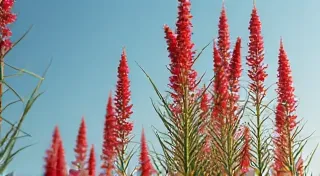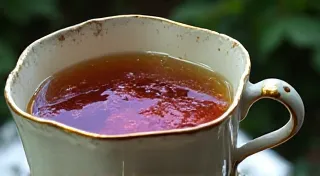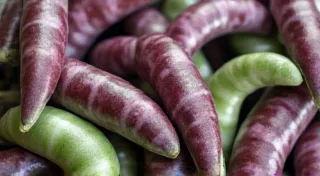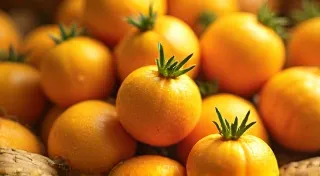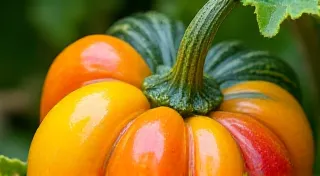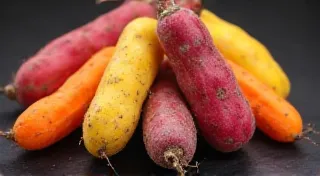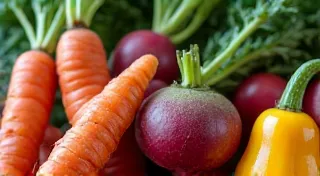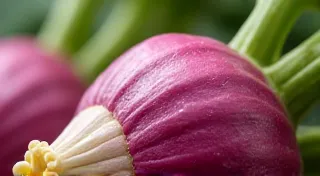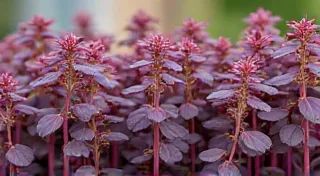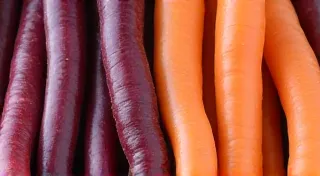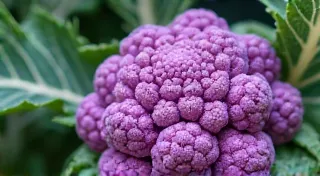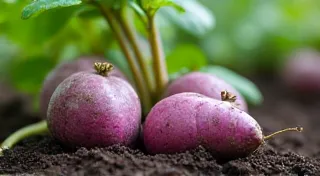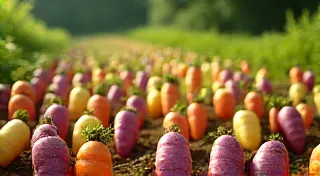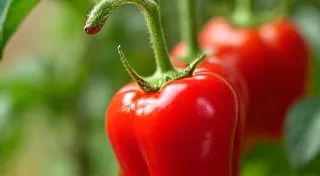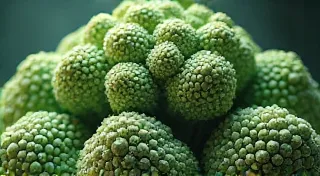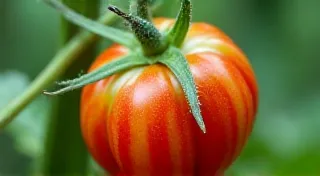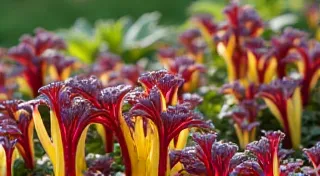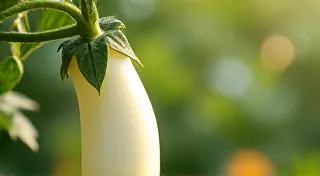Growing Unusual and Colorful Vegetables: A Gardener's Guide to a Vibrant Landscape
Welcome to a world beyond the ordinary vegetable garden! Are you tired of the same old green and orange hues? Do you yearn for a garden that’s not only a source of delicious, homegrown food but also a visual masterpiece? You’re in the right place. This comprehensive guide is dedicated to the art and science of growing unusual vegetables and embracing a vibrant palette in your backyard, offering a fresh perspective on vegetable gardening. It's more than just a hobby; it's a rewarding form of creative gardening that connects you to the beauty and bounty of nature, enhances your culinary experiences, and transforms your outdoor space into a living canvas.
For centuries, gardeners have cultivated a breathtaking array of vegetable varieties, each boasting unique flavors, textures, and, most importantly, stunning colors. While the familiar orange carrots and green bell peppers hold their place, there's a whole universe of extraordinary produce just waiting to be discovered. These aren’t just slightly different shades; we're talking about deep purples, striking blues, sunny golds, mesmerizing stripes, and even shimmering iridescence – a true kaleidoscope of color to elevate your garden design. This approach isn's simply about aesthetics; it's about understanding the nutritional differences and expanding your culinary horizons. This guide will delve into the 'why' and the 'how' of building a colorful and thriving vegetable garden.
Discovering the Spectrum: From Purple Carrots to Blue Potatoes
The beauty of a colorful garden lies in the diversity of its produce. Imagine rows of rainbow carrots, stretching beyond the traditional orange, offering shades of purple, yellow, white, and even almost black. Picture the surprise and delight of harvesting blue potatoes, their skin a stunning indigo hue, or the whimsical charm of violet-hued sweet potatoes. These aren't just visually arresting; they often boast unique flavor profiles that will tantalize your taste buds. For example, purple carrots often have a more intense, earthy flavor than orange varieties. This variety alone makes vegetable gardening incredibly rewarding. But why are they different colors? The variations in color arise from different pigments, primarily anthocyanins (responsible for purple, blue, and red hues) and carotenoids (responsible for yellow and orange hues). These pigments also act as antioxidants, potentially offering enhanced nutritional benefits.
Beyond carrots and potatoes, the possibilities are endless. Have you considered growing purple basil to add a pop of color and a delightful aroma to your herb garden? The distinctive purple hue comes from anthocyanins, and the flavor is often slightly more peppery than the common green variety. Or perhaps you're intrigued by the elegance of white eggplant, a striking contrast to the more common purple and black varieties. The lack of anthocyanins results in the creamy white color and a surprisingly delicate flavor. For a truly extraordinary addition, try purple sweet potatoes, offering both beauty and culinary delight. The vibrant purple color, again due to anthocyanins, is concentrated in the skin and flesh, imparting a subtle sweetness and earthy undertones.
Furthermore, consider the vibrant Oca, a colorful Peruvian ground nut, resembling tiny potatoes in a rainbow of colors – red, orange, yellow, purple, and even variegated combinations. Then there's the mesmerizing geometry of Romanesco broccoli, its fractal florets a marvel of natural engineering. Its unique appearance comes from a genetic anomaly affecting its growth pattern.
Beyond Color: Mapping Taste and Texture in Unusual Varieties
Growing unusual vegetables isn't just about the visual appeal; it's about embracing a more nuanced and engaging relationship with your food. Think of it as creating "The Cartographer's Garden," where each plant is charted not just by its appearance but by its taste and texture – a tapestry of sensations to be savored. Different colors often correlate with different nutrient profiles and flavor complexities. For example, purple carrot vs orange carrot offer different tastes and nutrient compositions. Purple carrots are often richer in anthocyanins, which have antioxidant properties.
Imagine the satisfying crunch of a vibrant tri-color chard stalk, the sweetness of golden beets root, or the surprising juiciness of striped tomatoes. The sweetness of golden beets often surpasses that of traditional red beets, and they boast a more subtle earthy flavor. Striped tomatoes offer a delightful combination of sweetness and acidity, with a slightly more complex flavor than standard red tomatoes. It’s about celebrating the individuality of each plant and understanding how their unique characteristics contribute to a more rewarding gardening experience and a more exciting plate of food.
Embracing Imperfection: A Kaleidoscope of Vegetables
Gardening, like life, is rarely perfect. "Fractured Seasons: Embracing Imperfection in a Kaleidoscope of Vegetables" is a philosophy that encourages us to celebrate the quirks and irregularities of nature. A slightly misshapen carrot, a leaf with a minor blemish – these are not flaws; they are marks of authenticity, reminders of the natural processes that bring our food to life. They are testaments to the unpredictable, beautiful reality of vegetable gardening. These imperfections often contribute to a plant's unique flavor profile or texture.
The Heirloom Vegetable Color Guide: A Rainbow for Your Garden
Many of the most striking and flavorful vegetables are heirloom vegetables – varieties passed down through generations, often representing a link to our agricultural heritage. Our Heirloom Vegetable Color Guide is your starting point for discovering the amazing array of colors available in these treasured varieties. From vibrant purples to sunny yellows, our guide provides valuable information to help you select the perfect plants to create a truly spectacular garden. These varieties often possess superior flavor and nutritional qualities compared to modern hybrids, making them a delicious and healthy addition to your garden.
Adding Color to Your Garden Design
The strategic use of color can dramatically enhance the visual appeal of your garden. Think about how a row of rainbow chard can act as a living border, its vibrant stems providing a striking contrast to other plants. Or how a patch of purple cauliflower, with its unique hue, can become a focal point in your garden. The key is to consider the principles of color theory – complementary colors (like purple and yellow) create visual excitement, while analogous colors (like red, orange, and yellow) create a sense of harmony.
Practical Tips for Growing a Colorful Garden
Here are some practical tips to help you create a thriving and visually stunning vegetable garden:
- Soil Preparation: Most colorful vegetables thrive in well-drained, fertile soil. Amend your soil with compost or other organic matter to improve its structure and nutrient content.
- Sunlight: Most vegetables require at least 6 hours of sunlight per day. Choose a location that receives ample sunlight.
- Watering: Water your plants regularly, especially during hot, dry weather.
- Fertilizing: Feed your plants with a balanced fertilizer to promote healthy growth and vibrant colors.
- Succession Planting: Stagger your plantings throughout the growing season to ensure a continuous harvest of colorful vegetables.
- Companion Planting: Utilize companion planting techniques to enhance growth and deter pests. For example, basil is a great companion for tomatoes and helps to improve their flavor.
The Influence of Color in Gardening
Beyond the practicalities, the color palette of your garden shapes its atmosphere and story. Explore how visual elements contribute to your garden's narrative with our article, Chromatic Echoes: How Vegetable Palette Influences Garden Narrative.
Let your garden be a reflection of your creativity and a celebration of nature’s beauty. Happy gardening!
- Amaranth: A Colorful and Nutritious Vegetable You Should Grow - Discover this versatile leafy green.
- Dragon Tongue Beans: A Unique Variety for Your Garden - Add a touch of drama with these striking beans.
- Kohlrabi: A Colorful and Unexpected Vegetable - An easy-to-grow and visually appealing addition.
- Red Bell Peppers: Beyond the Green - Growing Tips and Recipes - Explore exciting pepper varieties.
- Growing Kaleidoscope Squash: A Rainbow in Your Garden - Add a pop of color to your squash harvest.
